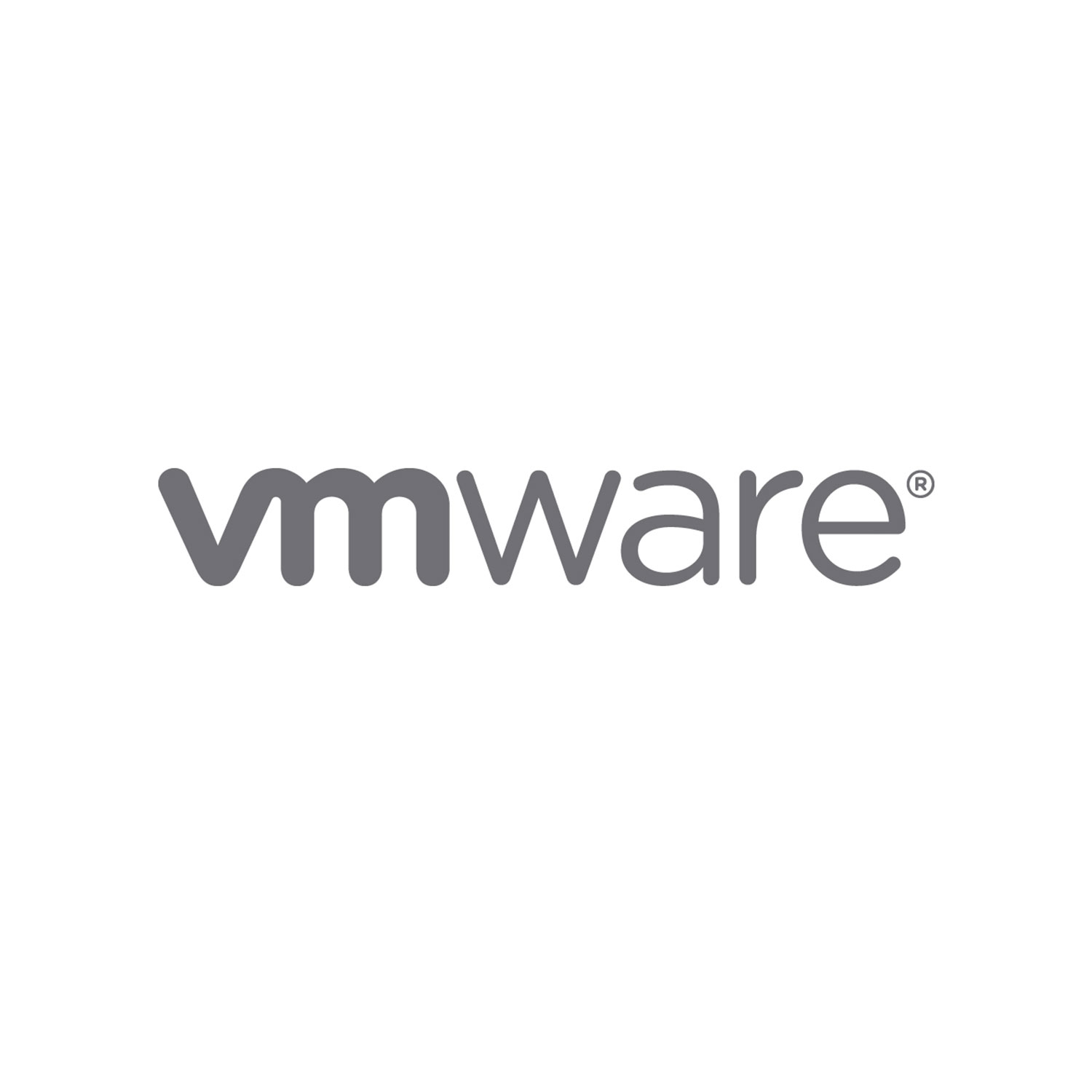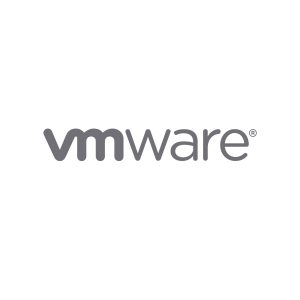Description
Course Content
Course Introduction
- Introduction and course logistics
- Course objectives
Custom Groups and Applications
- Outline the use cases for custom groups
- Create the custom groups
- Assign the objects to custom groups
- Identify the use cases for applications
- Create the custom applications
- Identify the vRealize Network Insight applications
Custom Dashboard Design
- Design the dashboards
- Discuss the types of widgets and widget’s settings
- Select the widgets based on the scenario
- Explain the advanced dashboards
- Discuss the use cases of dashboards
Custom Policies
- Outline the components of a vRealize Operations policy
- Review the policies applied to the objects in vRealize Operations
- Outline how the policy hierarchy is implemented
- Design a vRealize Operations Policy
- Understand how a policy supports the business objectives
Alerts, Symptoms and Troubleshooting workbench
- Identify the use case for custom alerts and symptoms
- Create the custom alerts and symptoms
- Access the troubleshooting workbench feature
- Use the troubleshooting workbench feature to identify problems
- Outline the metric correlation options in vRealize Operations
Capacity Models and What-if Scenarios
- Review the capacity planning concepts
- Describe the demand based and allocation-based model
- Discuss the use cases of capacity models
- Discuss the use cases of what-if analysis scenarios
vRealize Operations integration
- Integrate vRealize Operations with products in vRealize Suite
- Identify the advantages of integrating vRealize Operations with vRealize Log Insight
- Import the vRealize Network Insight applications
- Configure the integration with vRealize Automation
Super Metrics
- Create super metrics
- Explain the depth value
- Discuss the use cases of super metrics
vRealize Operations REST API
- Outline the REST API architecture
- Navigate the REST API landing page
- Discuss the Swagger response codes
- Explain the vRealize Operations traversal specification
- Create and query objects using the REST API
- Discuss some of the examples of the REST API
Who should attend
Experienced system administrators and consultants, application owners, and system architects
Prerequisites
Before taking this course, you should have completed the following course:
- VMware vRealize Operations: Install, Configure, Manage
You should also have hands-on experience administering vSphere 6.x/7.x deployments.
Course Objectives
By the end of the course, you should be able to meet the following objectives:
- Use the applications to group objects
- Create the logical groups of objects in the vRealize Operations environment
- Create and design advanced dashboards
- Discuss about widget and its settings
- Define a vRealize Operations policy
- Outline the components of a vRealize Operations policy
- Create the custom alerts
- Describe the troubleshooting workbench
- Review the advanced capacity concepts
- Discuss the what-if analysis scenarios
- Describe how to integrate vRealize Operations with VMware vRealize® Suite products
- Import the VMware vRealize® Network Insight™ applications
- Describe the super metrics use cases
- Outline the vRealize Operations REST API architecture
- Discuss the vRealize Operations traversal spec
- Create and query objects using the REST API



